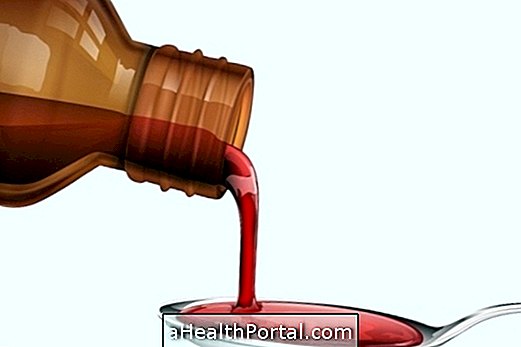Vitamin D is important for bone formation, as it helps to prevent and treat rickets and contributes to the regulation of calcium and phosphate levels and the proper functioning of bone metabolism. This vitamin also contributes to the proper functioning of the heart, central nervous system, immune system, differentiation and cell growth and control of hormonal systems.
In addition, vitamin D deficiency is associated with an increased risk of developing diseases such as cancer, diabetes mellitus, high blood pressure, autoimmune diseases, infections and bone problems and, therefore, it is very important to maintain healthy levels of this vitamin.
Although exposure to sunlight is considered the best source of natural vitamin D obtaining, in some cases, it is not always possible or sufficient to maintain healthy levels of vitamin D and, in these cases, it may be necessary to undergo replacement treatment with medicines. Vitamin D can be administered daily, weekly, monthly, quarterly or semi-annually, which will depend on the dose of the medication.

How to supplement with medications
For young adults, sun exposure of the arms and legs, for about 5 to 30 minutes, may equate to an oral dose of about 10,000 to 25,000 IU of vitamin D. However, factors such as skin color, age, use of sunscreen, latitude and season, can decrease the production of the vitamin in the skin and, in some cases, it may be necessary to replace the vitamin with medications.
Supplementation can be performed with drugs that have vitamin D3 in the composition, as is the case with Addera D3, Depura or Vitax, for example, which are available in different dosages. The treatment can be done in different regimens, such as with 50,000 IU, once a week for 8 weeks, 6,000 IU a day, for 8 weeks or 3,000 to 5,000 IU a day, for 6 to 12 weeks, and the dosage should be individualized for each person, depending on serum vitamin D levels, medical history and taking into account their preferences.
According to American Society of Endocrinology, the necessary amount of vitamin D to maintain the proper functioning of the body is 600 IU / day for children over 1 year old and young adults, 600 IU / day for adults aged 51 to 70 years and 800 IU / day for people over 70 years old. However, to maintain serum levels of 25-hydroxyvitamin-D always above 30 ng / mL, a minimum amount of 1,000 IU / day may be required.
Who should replace vitamin D
Some people are more likely to have vitamin D deficiency, and replacement may be recommended in the following cases:
- Use of drugs that influence mineral metabolism, such as anticonvulsants, glucocorticoids, antiretrovirals or systemic antifungals, for example;
- Institutionalized or hospitalized people;
- History of diseases associated with disabsorption, such as celiac disease or inflammatory bowel disease;
- People with little exposure to the sun;
- Obese;
- People with phototype V and VI.
Although the recommended levels of vitamin D have not yet been definitively established, the guidelines of the American Society of Endocrinology suggest that serum levels between 30 and 100 ng / mL are adequate, levels that are between 20 and 30 ng / mL are insufficient, and levels below 20 ng / mL are deficient.
Watch the following video and also find out which foods are rich in vitamin D:

Possible side effects
Generally, drugs that contain vitamin D3 are well tolerated, however, in high doses, symptoms such as hypercalcemia and hypercalciuria, mental confusion, polyuria, polydipsia, anorexia, vomiting and muscle weakness may occur.
Was this information helpful?
Yes No
Your opinion is important! Write here how we can improve our text:
Any questions? Click here to be answered.
Email in which you want to receive a reply:
Check the confirmation email we sent you.
Your name:
Reason for visit:
--- Choose your reason --- DiseaseLive betterHelp another personGain knowledge
Are you a health professional?
NoMedicalPharmaceuticalsNurseNutritionistBiomedicalPhysiotherapistBeauticianOther
Bibliography
- TELESSAÚDERS. What are the indications for dosage and replacement of vitamin D in asymptomatic patients?. 2017. Access on 12 Jun 2019
- QUADROS, KÉLCIA R. S. et. al .. Replacement of native vitamin D: indication in the light of current scientific evidence. Rev Fac Ciênc Méd Sorocaba. 18. 2; 79-86, 2016
- GALVÃO, Letícia Oba et. al .. EFFECTIVENESS OF VITAMIN D3 REPLACEMENT IN ELDERLY PEOPLE AT THE DOSE OF 50,000 IU PER WEEK FOR 8 WEEKS: IS IT ENOUGH?. Geriatr Gerontol Aging. 10. 2; 93-100, 2016
- MANTECORP FARMASA. ADDERA D3 (cholecalciferol). 2016. Available at:. Accessed on 12 Jun 2019












-o-que--como-identificar-e-o-que-fazer.jpg)











